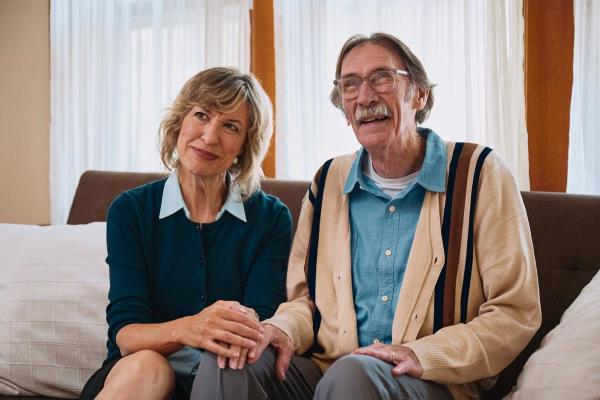From the moment your senior loved one leaves their hospital room to the time they get settled in back home, advanced planning will help ensure a safe, comfortable, and less stressful transition. Use the following tips to help safely get your loved one from the hospital to home.
What to Wear
Loose comfortable slacks and a button front shirt are usually best as they are easy to slip on. Consider sneakers or low, slip-on shoes with steady treads to prevent falls. Also be sure to take the weather into consideration and decide if a jacket and/or hat will be necessary.
The Proper Transportation Home
A patient being discharged will likely ride in a wheelchair to the exit and vehicle for the trip home. Make sure to find out how mobile your loved one will be so appropriate transportation is arranged. If necessary, the social worker or discharge coordinator can assist you in arranging these services and help to determine if insurance will cover the costs.
What to ask health care providers
- Is standing, walking or sitting possible and for how long?
- Will any medical equipment such as a wheelchair, IV or oxygen system be coming home?
- What mode of transportation will be needed: personal vehicle, wheelchair van, etc.?
If your loved one will need prescriptions, make arrangements to have those filled and picked up either in advance or by someone else such as an in-home caregiver, so you can take your family member directly home. Likewise, make sure you have restocked the refrigerator and pantry, as well as picked up any special foods or medical supplies before discharge.
Create a Safety Checklist
Even before a loved one returns home, you should assess the home’s readiness and be sure any equipment or supplies needed have been purchased or arranged.
Outdoor safety hazards
- Clear debris from walkways and stairs.
- Check handrails to make sure they are steady and free of chips or splinters.
- Remove any door mats that might cause your senior to trip.
- Be sure all lightbulbs are in working order and provide enough illumination.
Indoor safety hazards
- Use this room-by-room home safety checklist to help make the home safe and comfortable
- Get rid of clutter
- Clean out and replace any expired foods in the refrigerator and cabinets
Daily Living Safety Considerations
An older adult may be a bit disoriented when returning home. Some of these tips may make activities of daily living clearer.
- Install large red and blue buttons over hot and cold water faucet controls to prevent dangerous mistakes.
- A dark green or brown toilet seat and vinyl tape around the shower will make those fixtures more easily distinguishable.
- Install grab bars or a raised toilet seat to make getting up easier.
- Safety devices, such as lock-in switches on stoves and thermostats, can prevent burns and fires from occurring.
Returning home from the hospital should be a happy time for families. A few preventative steps can help to ensure the return home is safe as well. If you don't have time to prepare for an older adult’s return home, consider a home care service to assist in the transition.
Personalized Senior Care




